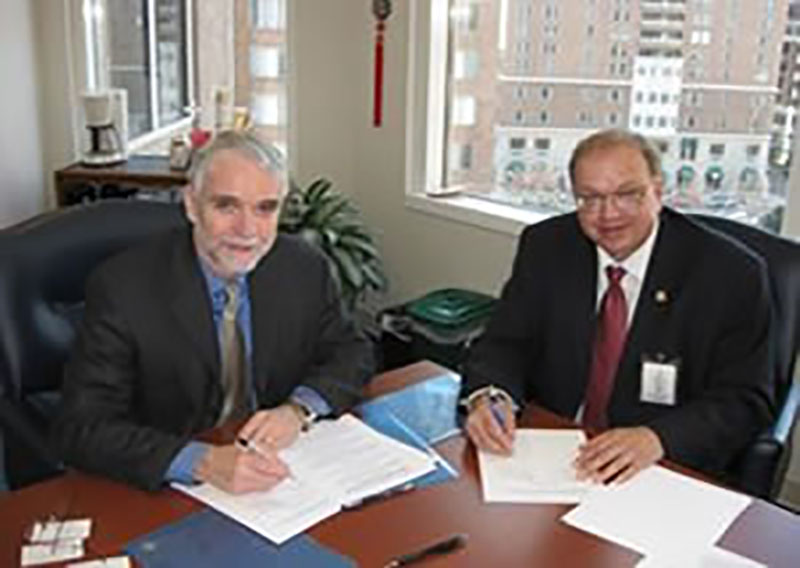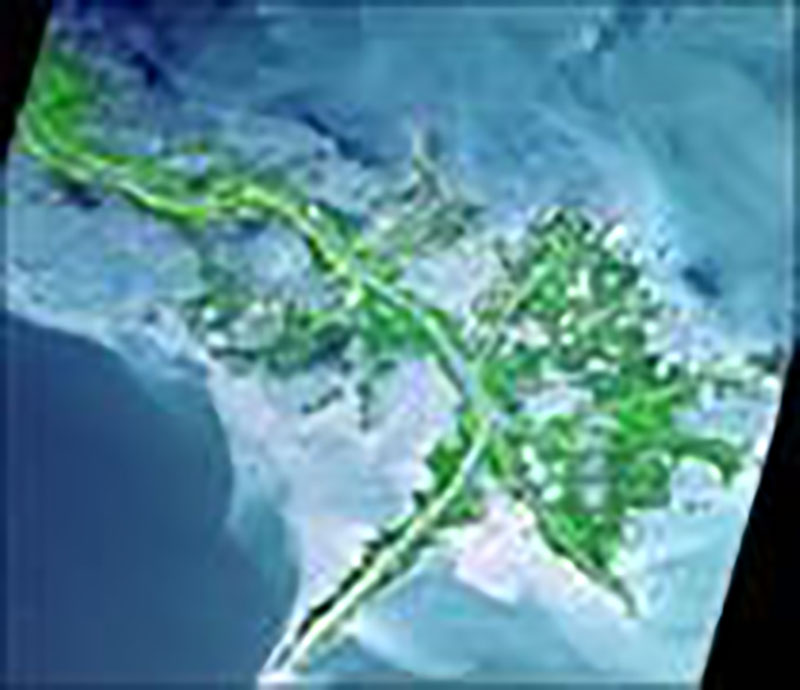AAPG and the National Science Foundation have signed a Memorandum of Understanding (MOU) to increase funding for earth scientists over the next five years.

NSF Assistant Director Tim Killeen and AAPG Executive Director Rick Fritz sign new agreement. Photo courtesy of NSF
AAPG and the National Science Foundation have signed a Memorandum of Understanding (MOU) to increase funding for earth scientists over the next five years.
The MOU is the first NSF-energy industry collaboration of its kind, opening doors to new funding possibilities that bring together the expertise of both organizations.
“This is the first NSF-energy industry program for funding academia-centered basic research in the geosciences,” said Tim Killeen, NSF assistant director for geosciences, who signed the agreement along with AAPG Executive Director Rick Fritz.
“Advances in basic geoscience research are the basis for new solutions to societal needs ranging from natural resources to understanding Earth’s history,” said Fritz, also the AAPG Foundation executive director.

NSF and the AAPG will coordinate research funding to support new earth sciences research. Photo courtesy of NASA
“The AAPG Foundation is committed to these scientific objectives,” he added, “and is pleased to partner with NSF to move toward this goal.”
AAPG and NSF will strive to enhance earth science research and education to expand collaborative support for basic research in the earth sciences, which will contribute to:
- Better hazard prediction and mitigation.
- Understanding the geologic setting of natural resources – ground water, minerals and energy.
- Knowledge of deep-time climates and their relevance to modern climate issues.
- Restoration of river/delta/coastal/farmland due to anthropogenic and related activities.
- Understanding the four-billion-year history of life on Earth.
- Increase science capabilities and competence of U.S. students and universities.
- Respond to needs and challenges identified by industry, government and academia in the earth sciences.
The MOU will be in force from July 1 to July 1, 2015, at which time it may be renewed.